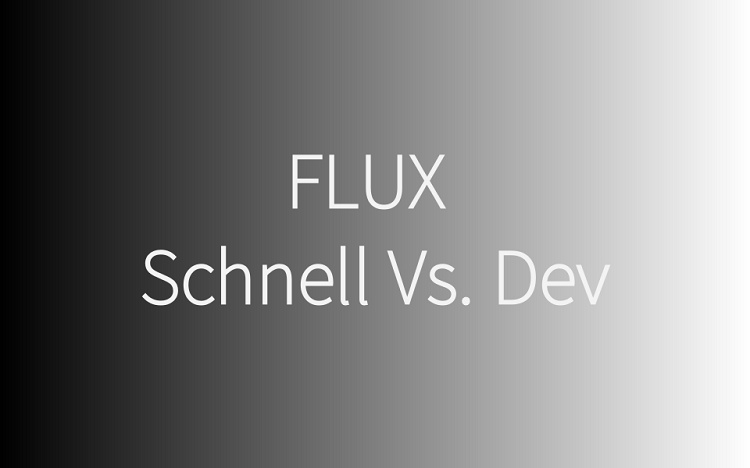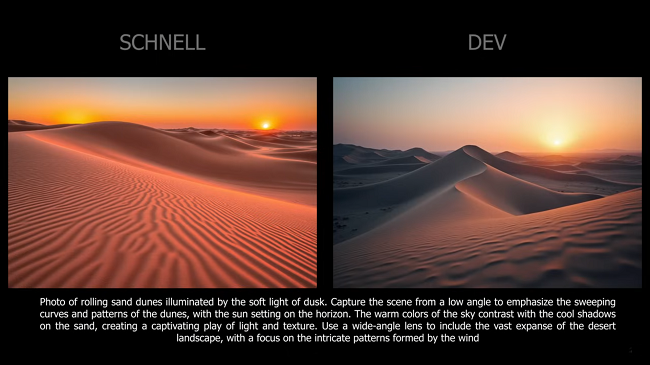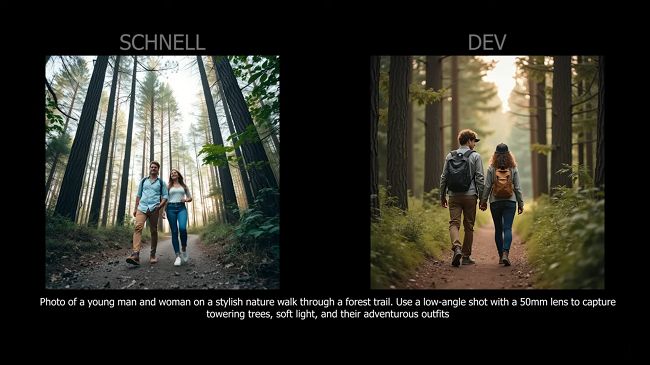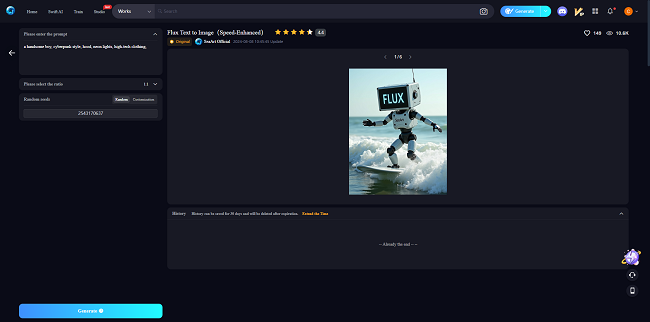
A Comprehensive Comparison: Flux Schnell Vs. Dev
When it comes to AI image generation, the choice of the right model is crucial. In this article, we'll dive deep into comparing two popular models: Flux Schnell and Flux Dev. Both models offer unique features and capabilities, but there are significant differences in how they interpret prompts and generate images. Whether you're aiming for photographic realism or more stylized outputs, understanding these differences will help you choose the best model for your needs.

Key Differences Between Flux Schnell and Flux Dev
Flux Schnell and Flux Dev are both powerful AI models for ComfyUI, but they have distinct strengths and weaknesses.
Understanding the key differences between these models will help you choose the perfect tool for your creative needs.
Understanding Prompts and Image Quality
One of the most striking differences between Flux Schnell and Flux Dev is how they interpret prompts and the quality of the images they generate. Flux Dev tends to produce more realistic and photographic images, making it ideal for projects that require a high level of detail and realism. In contrast, Flux Schnell may produce less dramatic results, but it still holds its own in various applications.

In-Painting Capabilities: Flux Schnell Vs. Dev
In-painting, the process of modifying specific parts of an image, is another area where Flux Dev shines. The model's ability to handle in-painting tasks is far superior to Flux Schnell, delivering results that are not only seamless but also blend well with the rest of the image. Flux Schnell, on the other hand, struggles in this area, often producing less usable results.

Image-to-Image Transformation: Which Model Excels?
When it comes to image-to-image transformations, Flux Dev continues to outperform Flux Schnell. The realistic and cinematic quality of images generated by Flux Dev is apparent in various tests, making it a preferred choice for projects that require high-quality outputs. Despite this, Flux Schnell does produce some good results, particularly when the seed and resolution settings are adjusted carefully.

Resolution and Its Impact on Image Quality
Both Flux Schnell and Flux Dev are sensitive to resolution settings, with significant differences in output quality depending on the chosen resolution. Flux Dev tends to maintain higher quality even at lower resolutions, while Flux Schnell might require more tweaking to achieve the same level of detail and harmony in the composition.
Consistency in Character Generation
An interesting aspect of the Flux Dev model is its ability to maintain character consistency while changing facial expressions through detailed prompts. This feature can be particularly useful for projects involving animation or consistent character portrayal across different scenes. Flux Schnell, while capable, does not achieve the same level of consistency and realism.

Final Thoughts: Choosing the Right Model
Choosing between Flux Schnell and Flux Dev ultimately depends on your specific needs. Flux Dev is the superior choice if your priority is photographic realism and advanced in-painting capabilities. However, if you are working on less demanding projects where the dramatic quality of images is not as critical, Flux Schnell can still be a viable option.
In summary, while both models have their strengths, Flux Dev emerges as the more versatile and powerful tool in AI image generation, particularly for users who demand high-quality, realistic outputs.

Now, SeaArt AI has integrated the FLUX model, providing an intuitive user interface that allows you to experience FLUX's powerful image generation capabilities with just a few simple steps, without the need for complex setup. Visit SeaArt AI to learn more and start your FLUX experience today.

